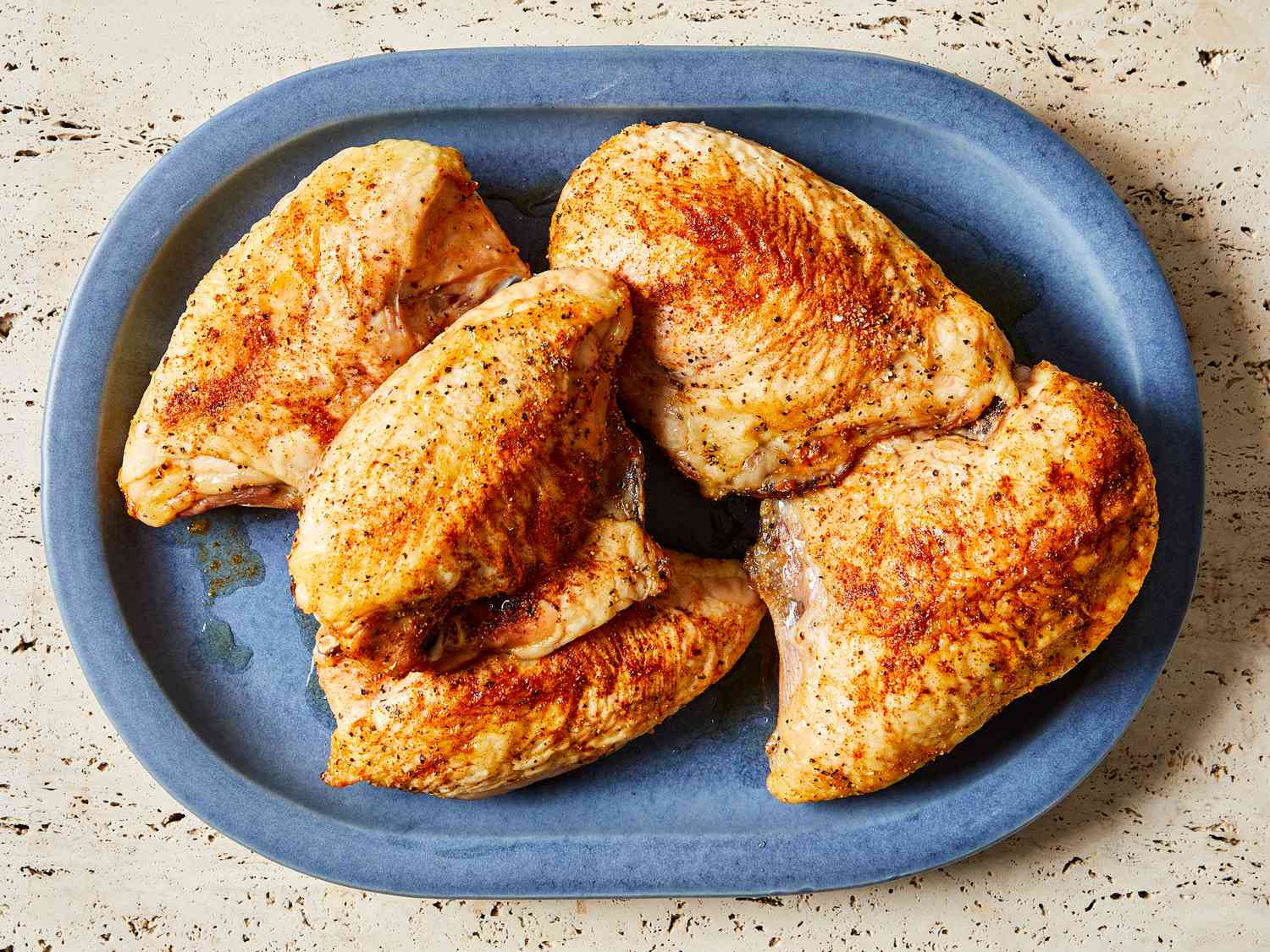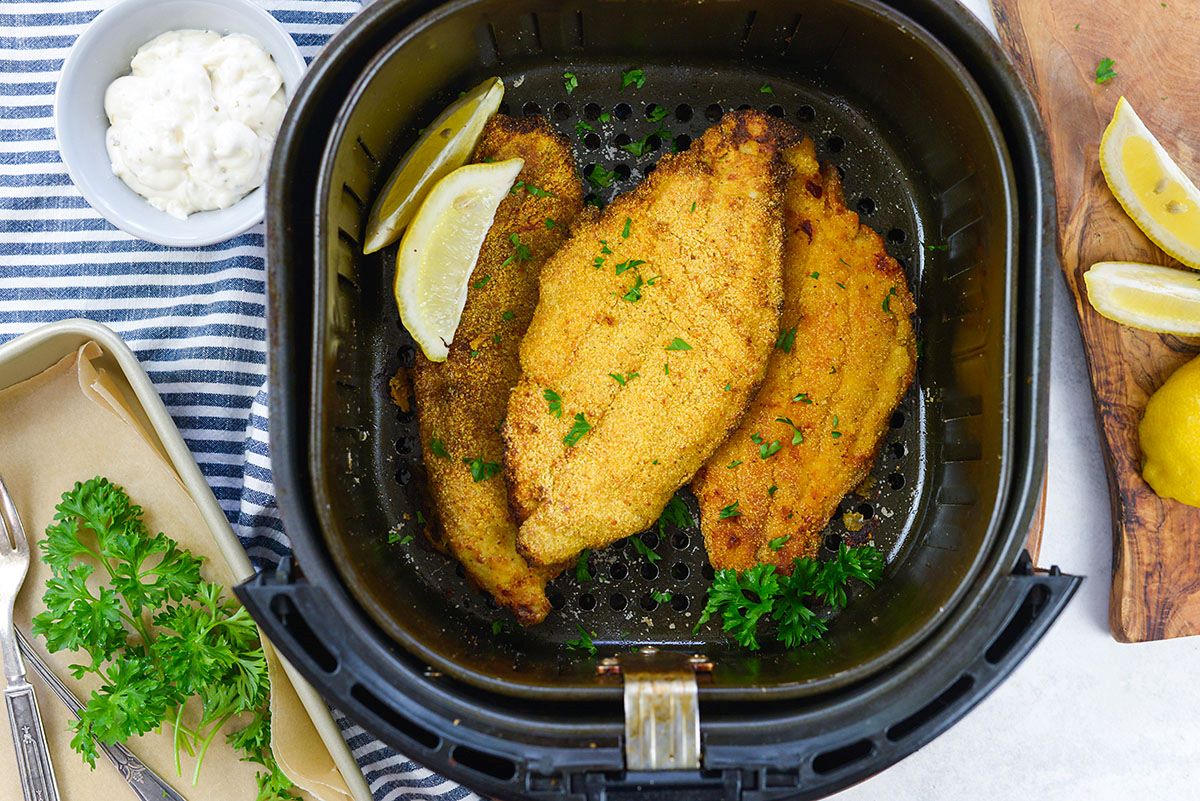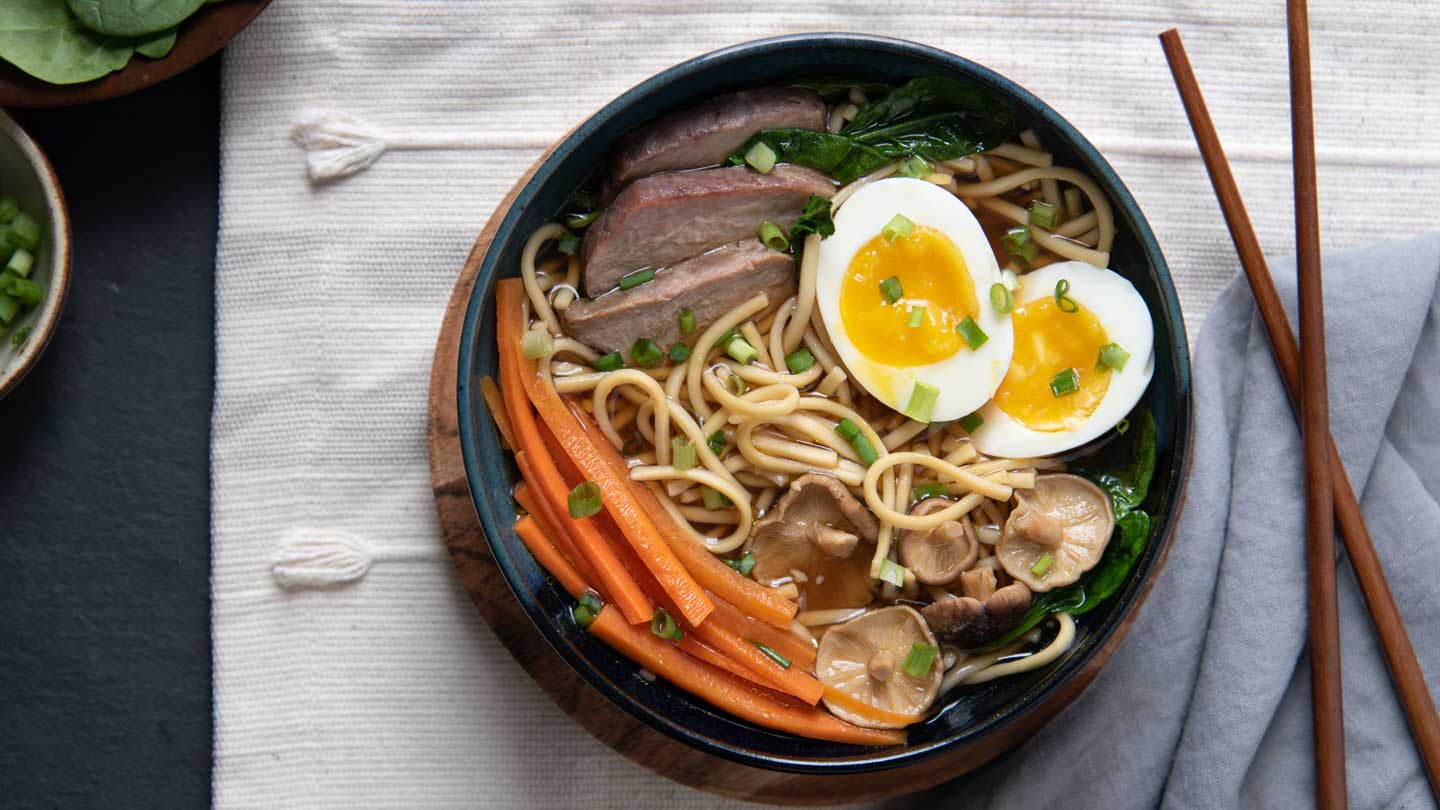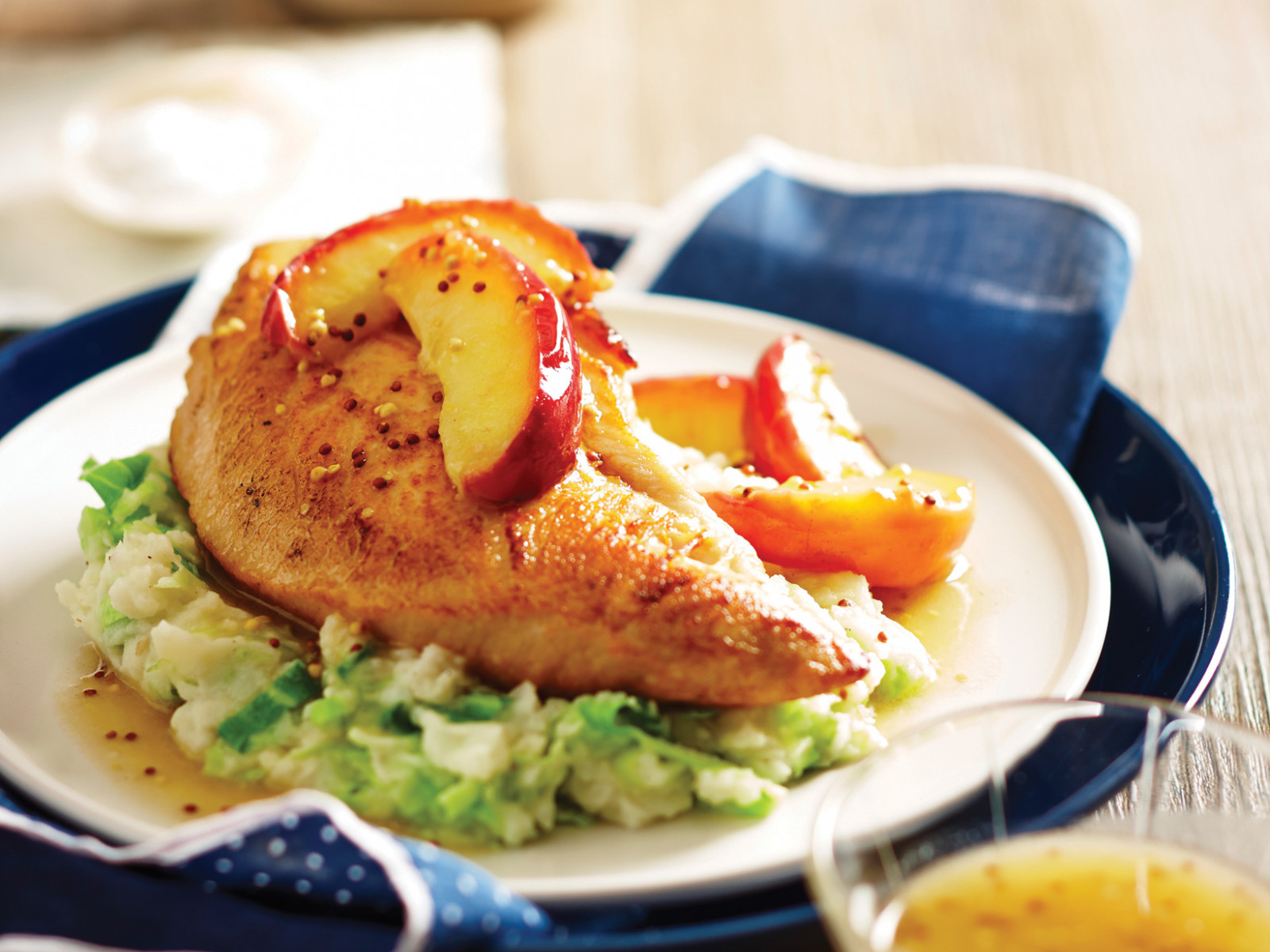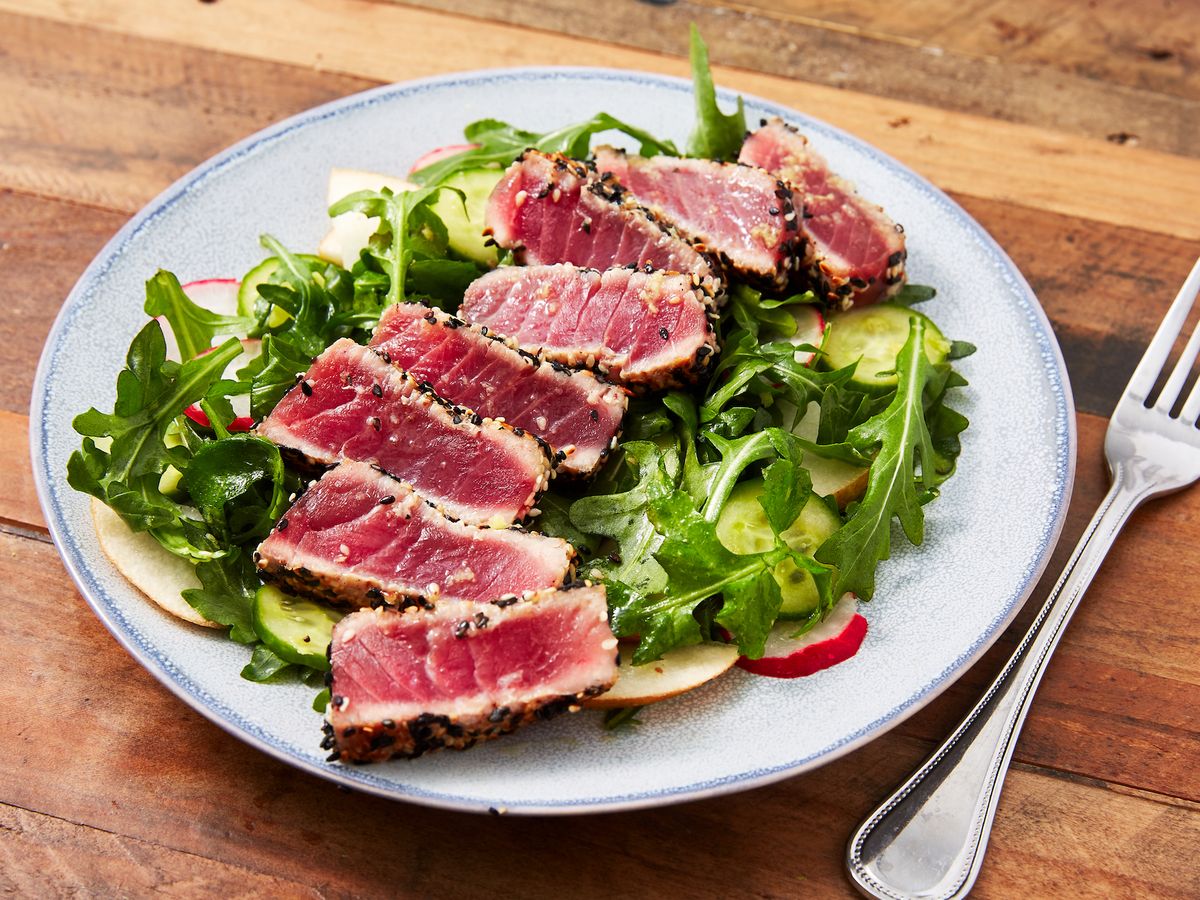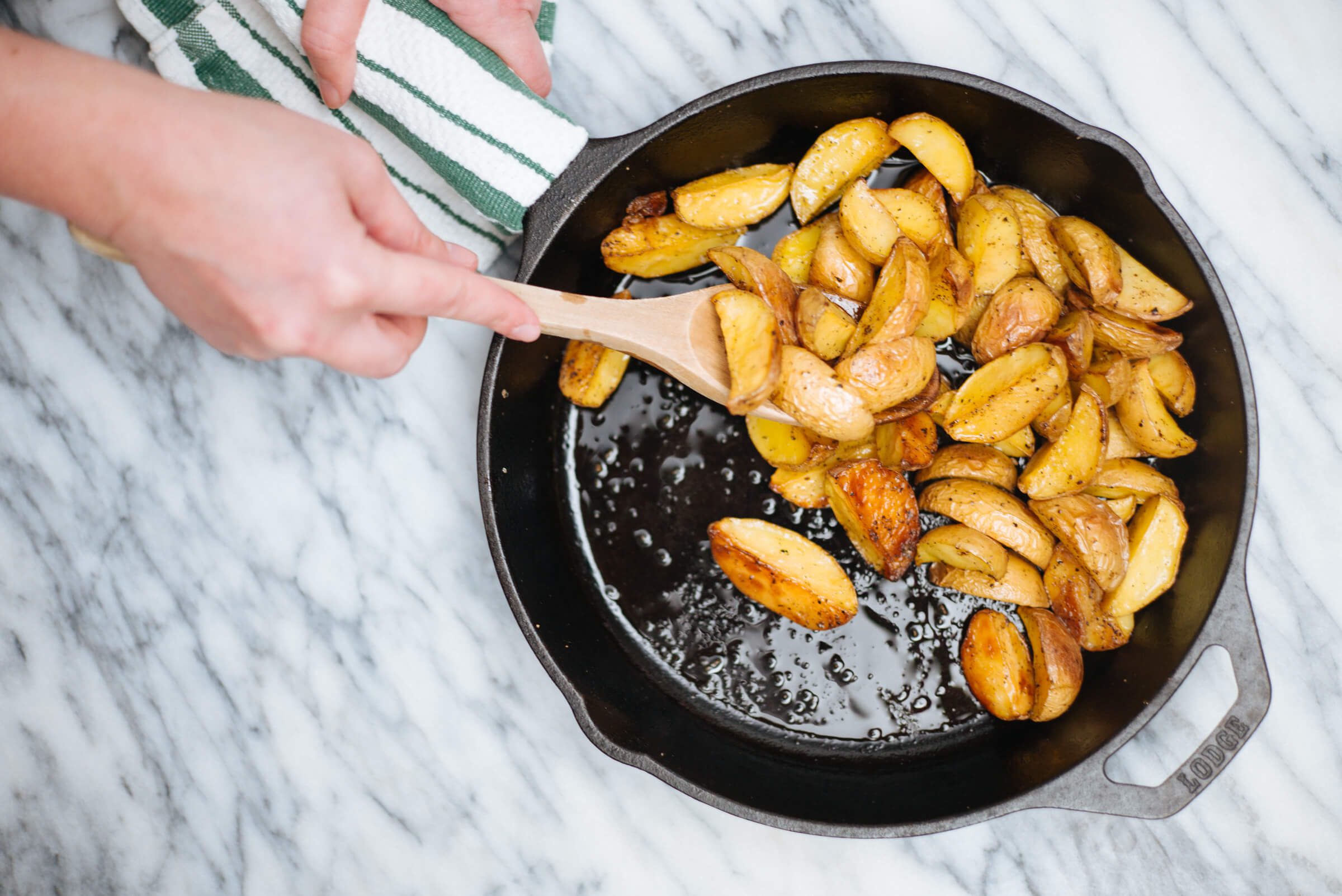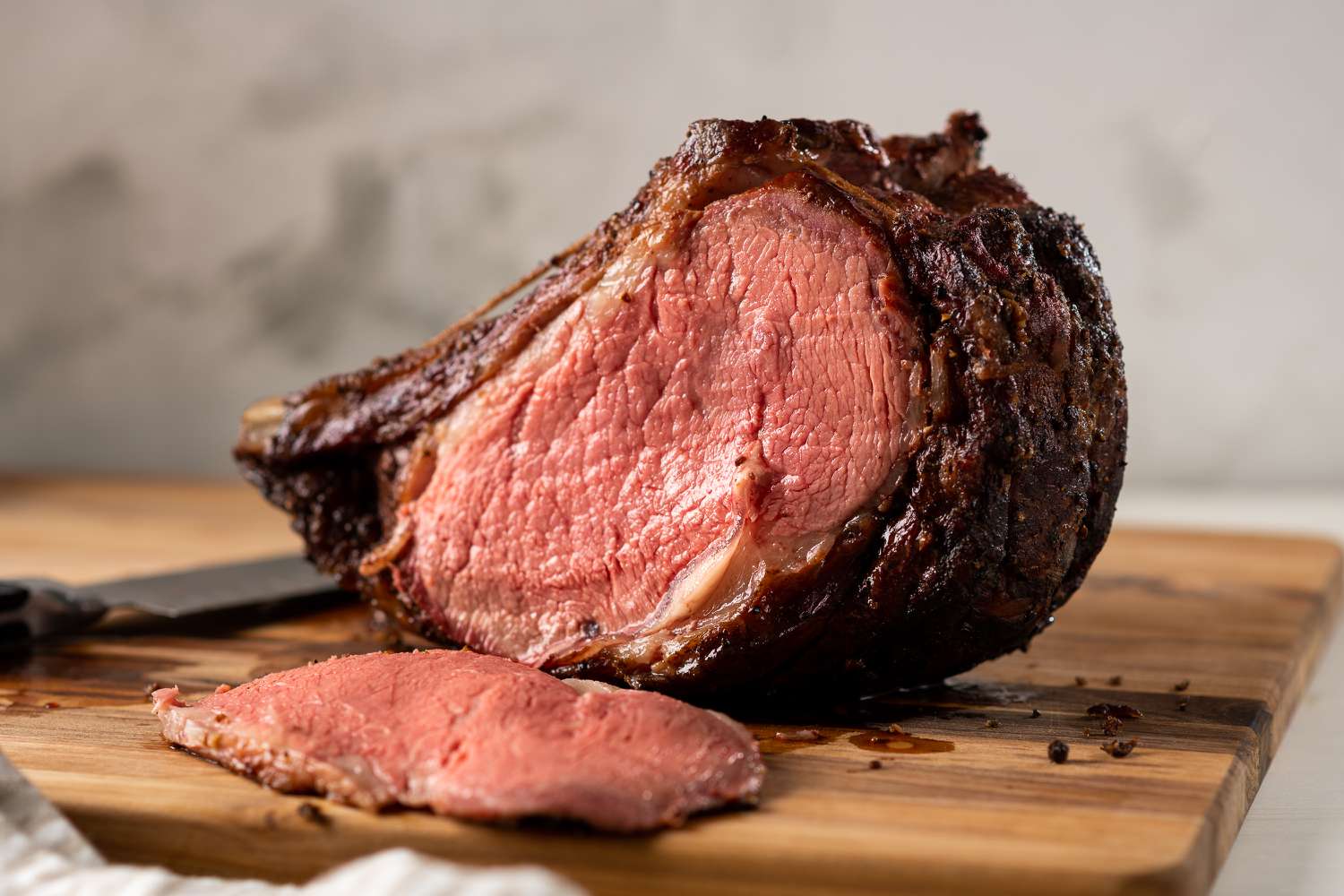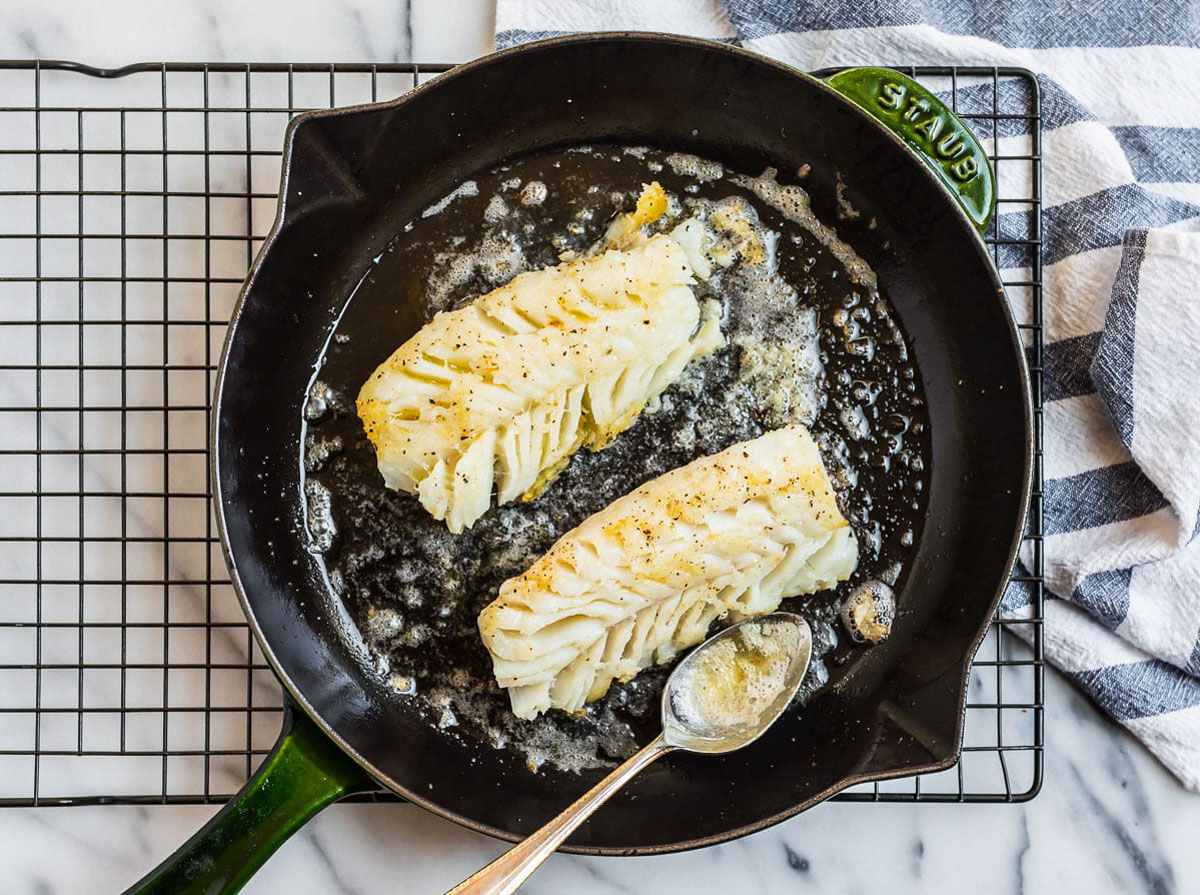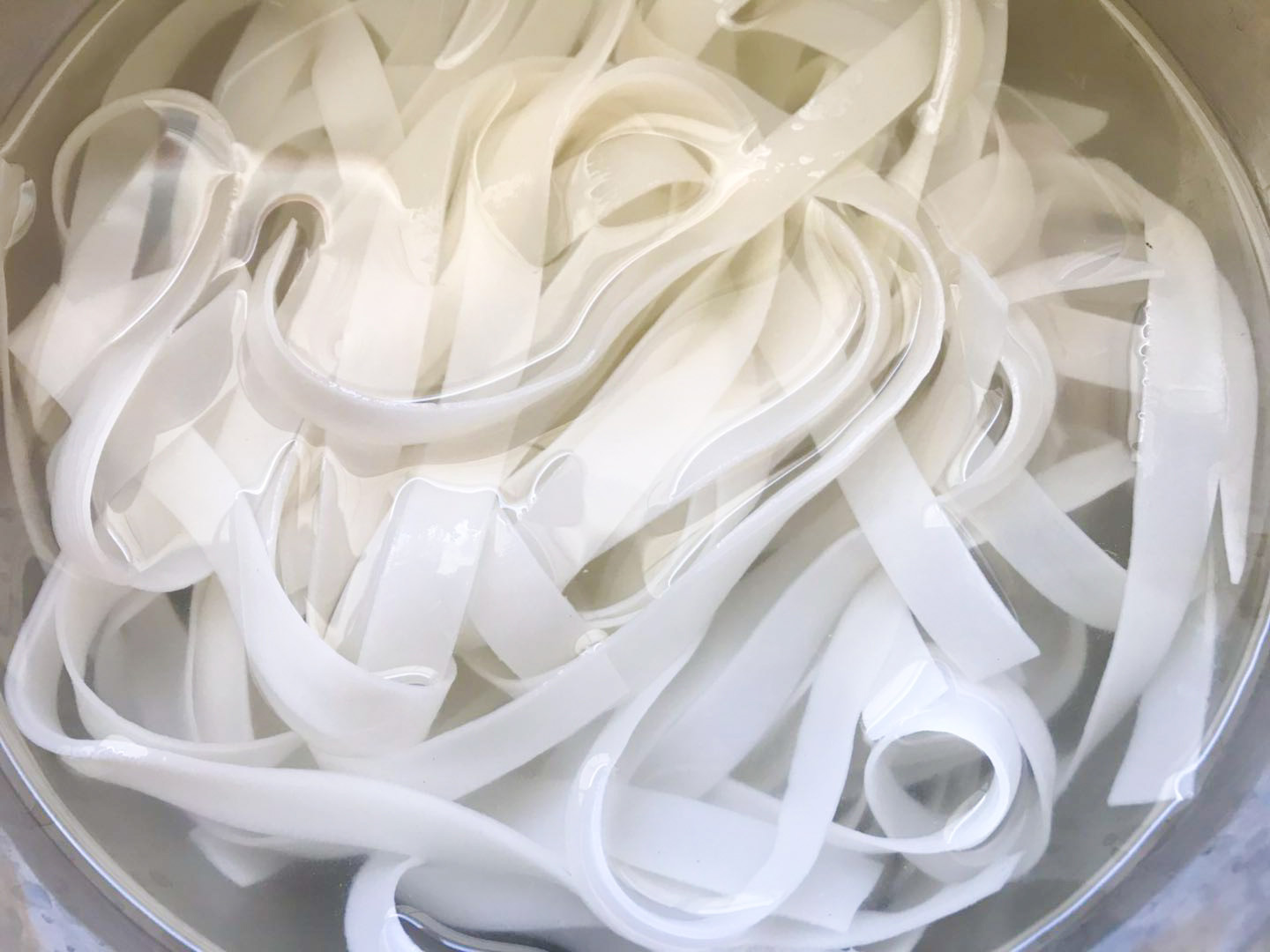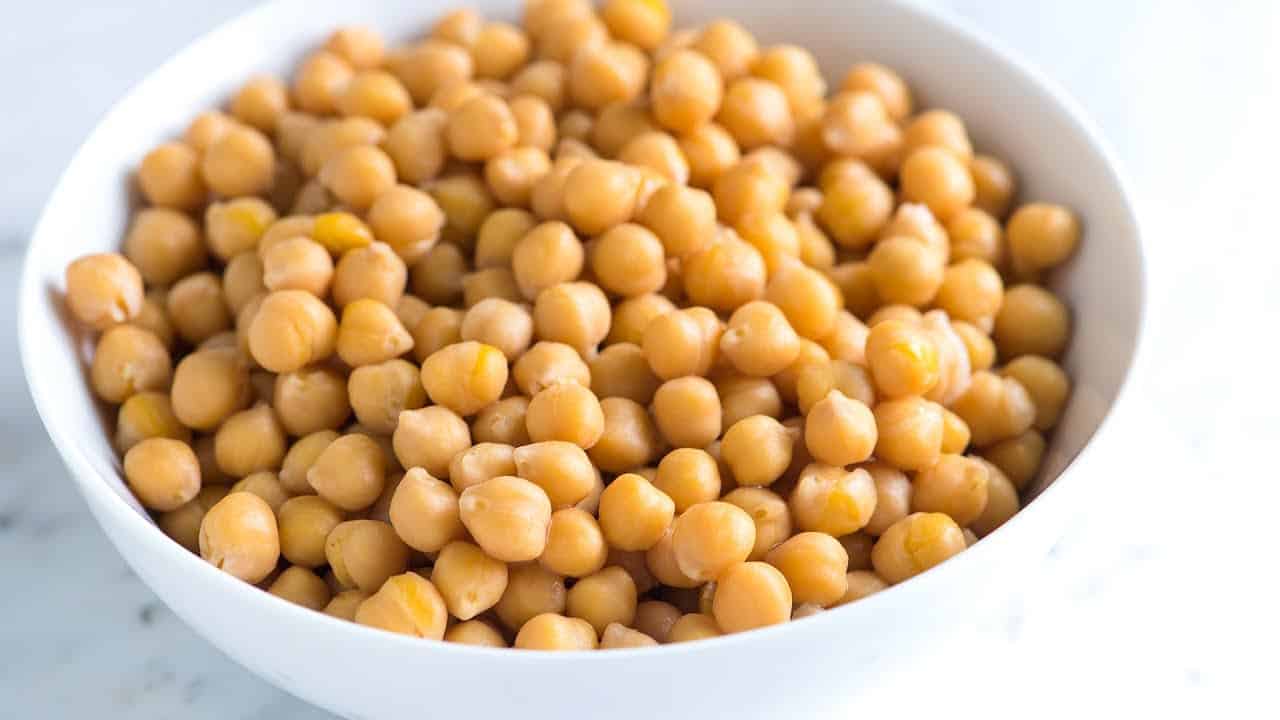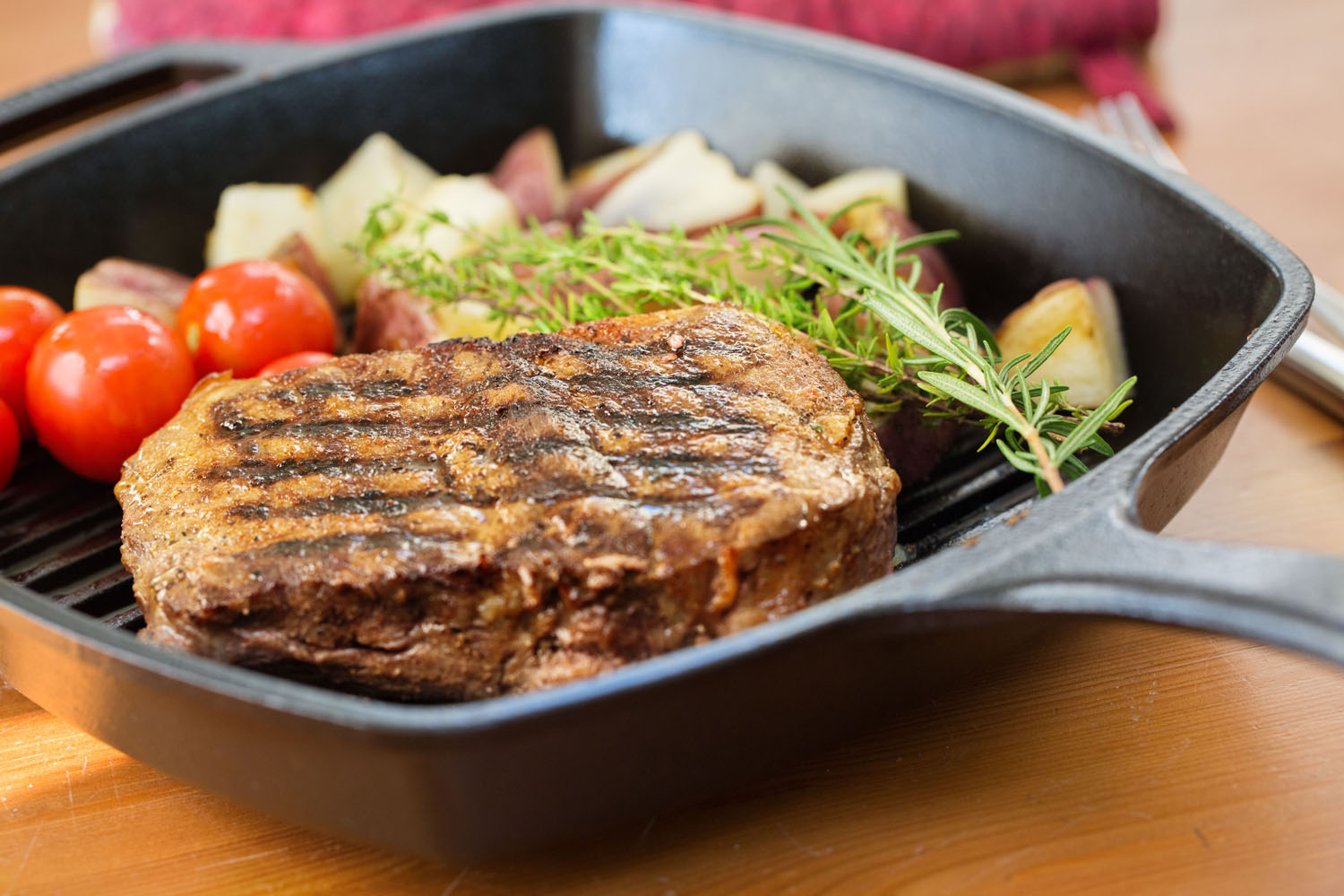Mastering the Art of Cooking Bone-In Prime Rib on Traeger: An Epic Culinary Adventure
There’s something magical about cooking a succulent bone-in prime rib on a Traeger grill. The combination of smoky flavors and tender, juicy meat creates a mouthwatering experience that will leave your taste buds begging for more. But fear not, because we’re here to guide you through the journey of cooking the perfect bone-in prime rib on your Traeger grill. Are you ready to embark on this epic culinary adventure? Let’s get started!
Choosing the Perfect Cut
The first step in this grand adventure is selecting the perfect bone-in prime rib. Look for a well-marbled, USDA Prime grade cut that has at least three ribs. The marbling is crucial as it adds flavor and keeps the meat tender during the cooking process. It’s also essential to let the prime rib come to room temperature before grilling, so take it out of the refrigerator at least an hour before cooking.
Preparing the Prime Rib
Before you begin cooking, it’s time to unleash your inner chef and season the prime rib to perfection. Start by patting the meat dry with paper towels. This step ensures that the seasoning adheres properly. Next, generously sprinkle a mixture of coarse salt, freshly ground black pepper, and your favorite herbs all over the meat. Classic options like rosemary, thyme, and garlic complement the rich flavors of prime rib beautifully.
Setting Up Your Traeger Grill
While you wait for the prime rib to absorb all those mouthwatering flavors, it’s time to fire up your Traeger grill. Follow these steps to get your grill ready for cooking perfection:
- Fill the hopper with your preferred hardwood pellets. For prime rib, we suggest using a blend of hickory and cherry wood for a smoky and slightly sweet taste.
- Preheat your Traeger grill to 225°F (107°C). Keep in mind that slow and low is the key to achieving a beautifully tender prime rib.
- Place a water pan or drip tray below the cooking grates to catch any drippings and maintain a moist cooking environment.
Cooking the Prime Rib
Now comes the moment you’ve been waiting for—grilling that magnificent bone-in prime rib on your Traeger. Here’s how to do it:
- Place the seasoned prime rib directly on the grill grates, bone-side down.
- Close the lid of your Traeger and let the magic happen. Cook the prime rib at 225°F (107°C) for approximately 30 minutes per pound. For a medium-rare prime rib, aim for an internal temperature of 135°F (57°C). Use a reliable meat thermometer to get an accurate reading.
- As the prime rib cooks, baste it occasionally with melted butter or beef broth to enhance the flavors and keep the meat moist.
- Once the desired internal temperature is reached, remove the prime rib from the grill and let it rest for at least 20 minutes. This resting period allows the juices to redistribute throughout the meat, resulting in a tender and juicy prime rib.
Serving and Enjoying the Perfect Prime Rib
Now that your bone-in prime rib has been cooked to perfection, it’s time to savor the fruits of your labor. Start by carving the meat, cutting it into thick, juicy slices. Serve alongside your favorite sides, such as creamy mashed potatoes, roasted vegetables, or a refreshing salad. Don’t forget to drizzle some of those delicious pan drippings over the slices for an extra burst of flavor.
And there you have it – the ultimate guide to cooking a mouthwatering bone-in prime rib on your Traeger grill. So grab your apron, fire up the grill, and get ready to impress your friends and family with your newfound culinary skills. Happy grilling!
Was this page helpful?
Read Next: How To Cook Frozen Apple Pie
